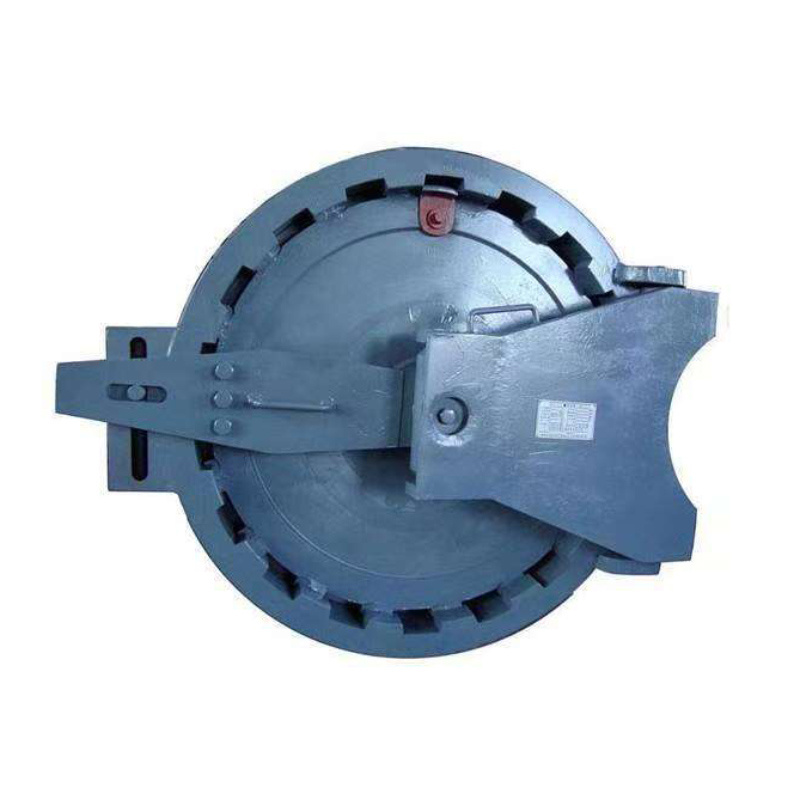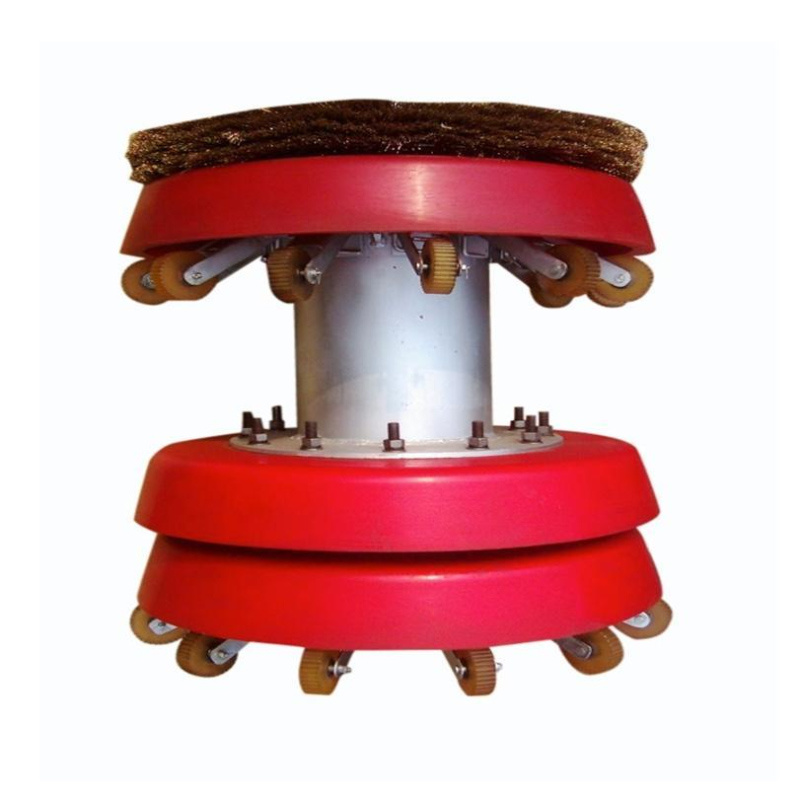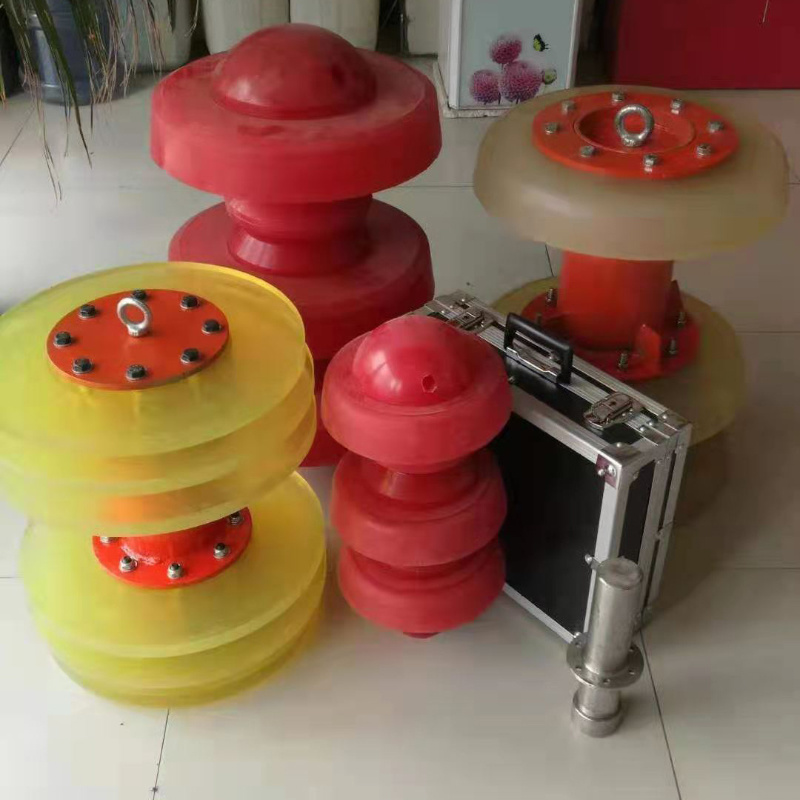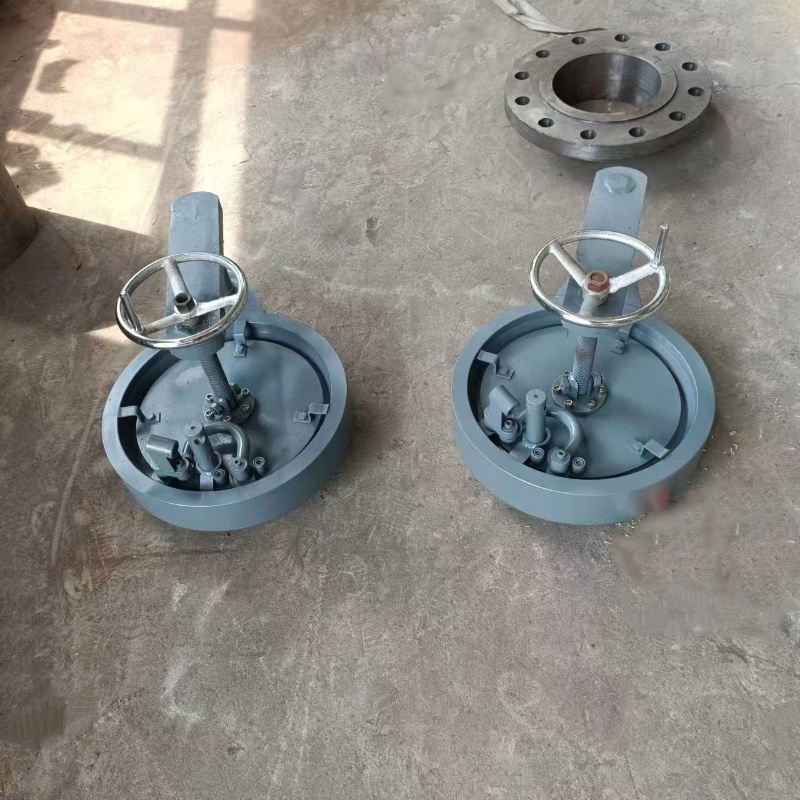Valveless Openings: The Intelligent Option for Your Next Construction Venture
Aug 06,2025
Valveless Openings: The Intelligent Option for Your Next Construction Venture
Table of Contents
1. Introduction to Valveless Openings
2. Advantages of Valveless Openings
3. Applications in Construction Projects
4. Key Design Considerations
5. The Installation Process
6. Cost-Effectiveness and Long-Term Savings
7. Environmental Impact of Valveless Openings
8. Case S

Valveless Openings: The Intelligent Option for Your Next Construction Venture
Table of Contents
- 1. Introduction to Valveless Openings
- 2. Advantages of Valveless Openings
- 3. Applications in Construction Projects
- 4. Key Design Considerations
- 5. The Installation Process
- 6. Cost-Effectiveness and Long-Term Savings
- 7. Environmental Impact of Valveless Openings
- 8. Case Studies: Successful Implementations
- 9. Frequently Asked Questions
- 10. Conclusion
1. Introduction to Valveless Openings
In the ever-evolving construction industry, innovation plays a crucial role in enhancing efficiency and sustainability. One significant advancement is the adoption of **valveless openings**, which are engineered to optimize fluid movement in buildings and infrastructure. Unlike traditional piping systems that rely on valves to control flow, valveless openings streamline operations by allowing seamless passage of fluids, air, or gases. This article provides an in-depth look at why valveless openings are an intelligent choice for your next construction project.
2. Advantages of Valveless Openings
Valveless openings offer numerous advantages that make them an appealing option for modern construction projects:
2.1 Enhanced Flow Efficiency
Valveless systems are designed to eliminate unnecessary obstructions in fluid pathways, resulting in **improved flow efficiency**. The absence of valves reduces turbulence, allowing for smoother transitions and lower pressure losses, which can be critical in systems that require consistent performance.
2.2 Reduced Maintenance Needs
With fewer moving parts, valveless openings significantly reduce the maintenance requirements of a building's piping system. This not only decreases repair costs but also lessens the downtime associated with maintenance activities.
2.3 Cost Savings
The simplicity of valveless designs often leads to reduced material and labor costs. When choosing valveless openings, contractors can save on both initial investments and long-term operational expenses.
2.4 Flexibility in Design
Valveless openings allow for greater design flexibility, accommodating a variety of configurations and materials. This adaptability is especially beneficial in projects that require customized solutions to meet specific operational needs.
3. Applications in Construction Projects
Valveless openings are versatile and can be employed in various applications within the construction sector:
3.1 HVAC Systems
In heating, ventilation, and air conditioning (HVAC) systems, valveless openings facilitate unobstructed airflow, improving system efficiency and occupant comfort.
3.2 Plumbing and Drainage
In plumbing, valveless designs can enhance drainage systems, allowing wastewater to flow freely without the risk of clogs often associated with traditional valves.
3.3 Industrial Applications
Industries that rely on the movement of gases and liquids can benefit significantly from valveless openings, which help maintain consistent pressure and flow rates in process systems.
4. Key Design Considerations
When integrating valveless openings into a construction project, several design considerations must be taken into account:
4.1 Material Selection
Choosing the right materials is essential for ensuring the longevity and effectiveness of valveless openings. Common materials include PVC, stainless steel, and reinforced polymers, each offering distinct advantages based on the specific application.
4.2 Size and Configuration
The size and configuration of valveless openings should be determined based on the anticipated flow rates and the nature of the fluids involved. Accurate calculations are essential to optimize performance.
4.3 Environmental Factors
Consideration must also be given to environmental factors, including temperature fluctuations and potential chemical exposure. Choosing materials that can withstand these conditions will enhance the overall reliability of the system.
5. The Installation Process
The installation of valveless openings requires careful planning and execution to ensure optimal performance.
5.1 Preparation and Planning
Before installation, thorough planning is essential. This involves evaluating the site and considering the specific requirements of the piping system. A detailed layout should be developed to guide the installation process.
5.2 Installation Techniques
The installation of valveless openings typically involves aligning the components according to the predetermined layout, securing them in place, and ensuring all connections are airtight and leak-proof. Utilizing skilled labor is crucial for achieving a successful installation.
6. Cost-Effectiveness and Long-Term Savings
Investing in valveless openings can yield significant cost savings throughout the lifecycle of a construction project.
6.1 Upfront Costs
While the initial cost of valveless systems may vary depending on factors like material choice and installation complexity, they often prove more economical than traditional systems when considering long-term gains.
6.2 Operational Savings
Reduced maintenance and enhanced energy efficiency directly translate to lower operational costs. With fewer parts that can fail, property owners can expect less frequent repairs and replacements.
7. Environmental Impact of Valveless Openings
In today’s eco-conscious world, the environmental impact of construction materials and methods is paramount.
7.1 Energy Efficiency
Valveless openings contribute to energy efficiency by reducing resistance in fluid flow. This leads to lower energy consumption in HVAC and plumbing systems, supporting sustainability initiatives.
7.2 Waste Reduction
The durability and reliability of valveless systems contribute to reduced waste produced from repairs and replacements. Additionally, the materials chosen for valveless openings often have lower environmental footprints.
8. Case Studies: Successful Implementations
To illustrate the benefits of valveless openings, we can examine several successful projects:
8.1 Commercial Building A
In a recent commercial building project, valveless openings were integrated into the HVAC system. The result was a 20% reduction in energy costs compared to traditional systems, demonstrating significant operational savings.
8.2 Industrial Facility B
An industrial facility implemented valveless openings in their wastewater management system, leading to improved flow rates and decreased maintenance intervals, which ultimately enhanced overall productivity.
9. Frequently Asked Questions
9.1 What are valveless openings?
Valveless openings are plumbing and HVAC design elements that allow for uninterrupted flow of fluids or gases without the use of traditional valves, enhancing efficiency and reducing maintenance.
9.2 Are valveless openings cost-effective?
Yes, they typically offer long-term cost savings through reduced maintenance and operational efficiencies, despite potentially higher initial costs.
9.3 Can valveless openings be used in residential projects?
Absolutely. Valveless openings can be effectively utilized in residential plumbing and HVAC systems, improving efficiency and reducing maintenance needs.
9.4 How do I choose the right material for valveless openings?
Selecting the right material depends on the application, environmental factors, and the types of fluids being transported. Consulting with a professional can help ensure the best choice.
9.5 What maintenance is required for valveless openings?
Valveless systems generally require minimal maintenance, focusing primarily on routine inspections to ensure integrity and performance.
10. Conclusion
Valveless openings represent a significant advancement in construction materials and methods, offering numerous benefits ranging from enhanced flow efficiency to reduced maintenance needs. Their versatility allows for applications across various sectors, making them a smart choice for any construction project. By considering the design, installation, and long-term savings associated with valveless openings, professionals can position themselves for success and sustainability in an increasingly competitive market. Embracing innovative solutions like valveless openings will not only improve project outcomes but also contribute to a more efficient and eco-friendly construction industry.
PREVIOUS:









